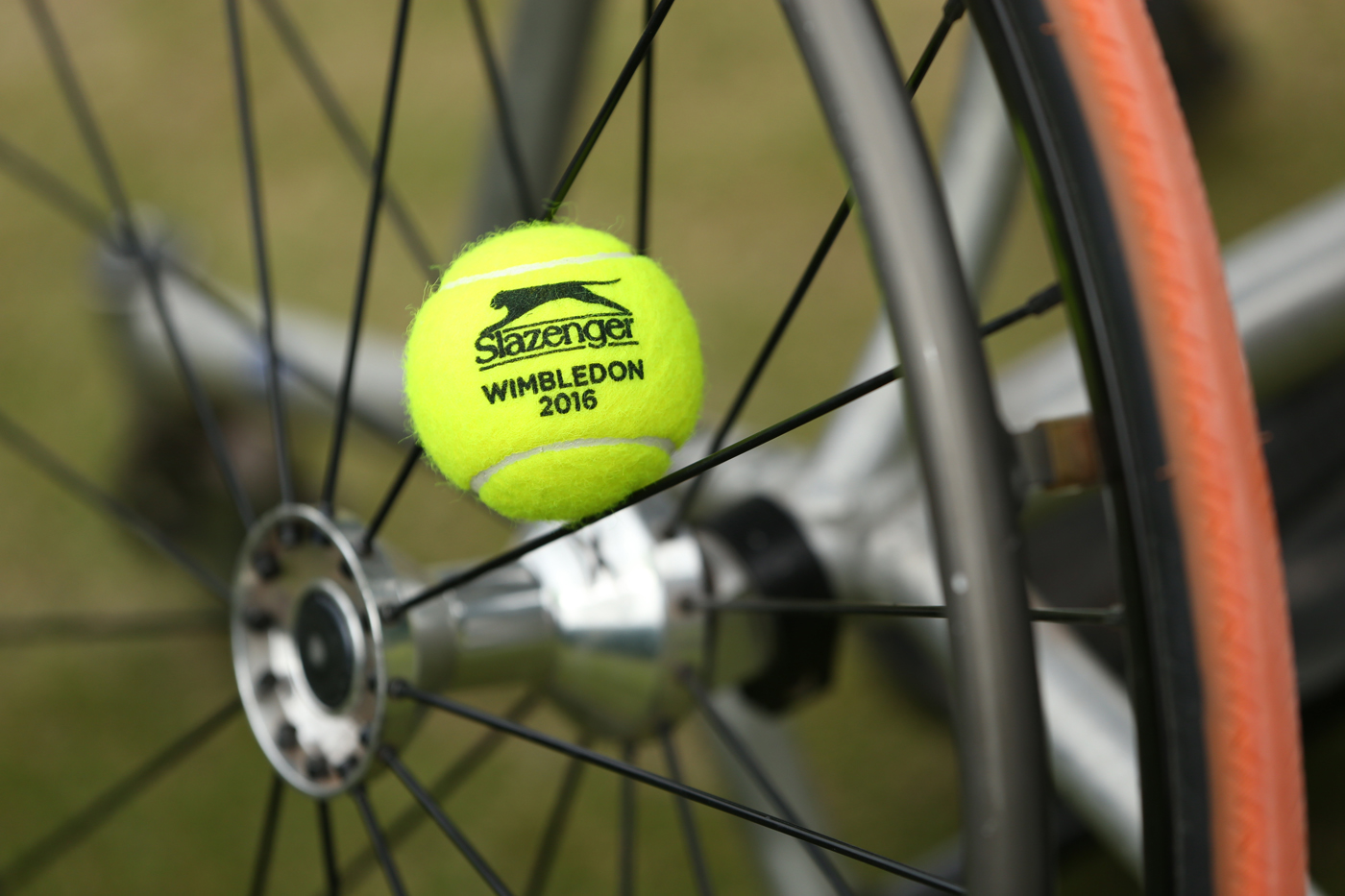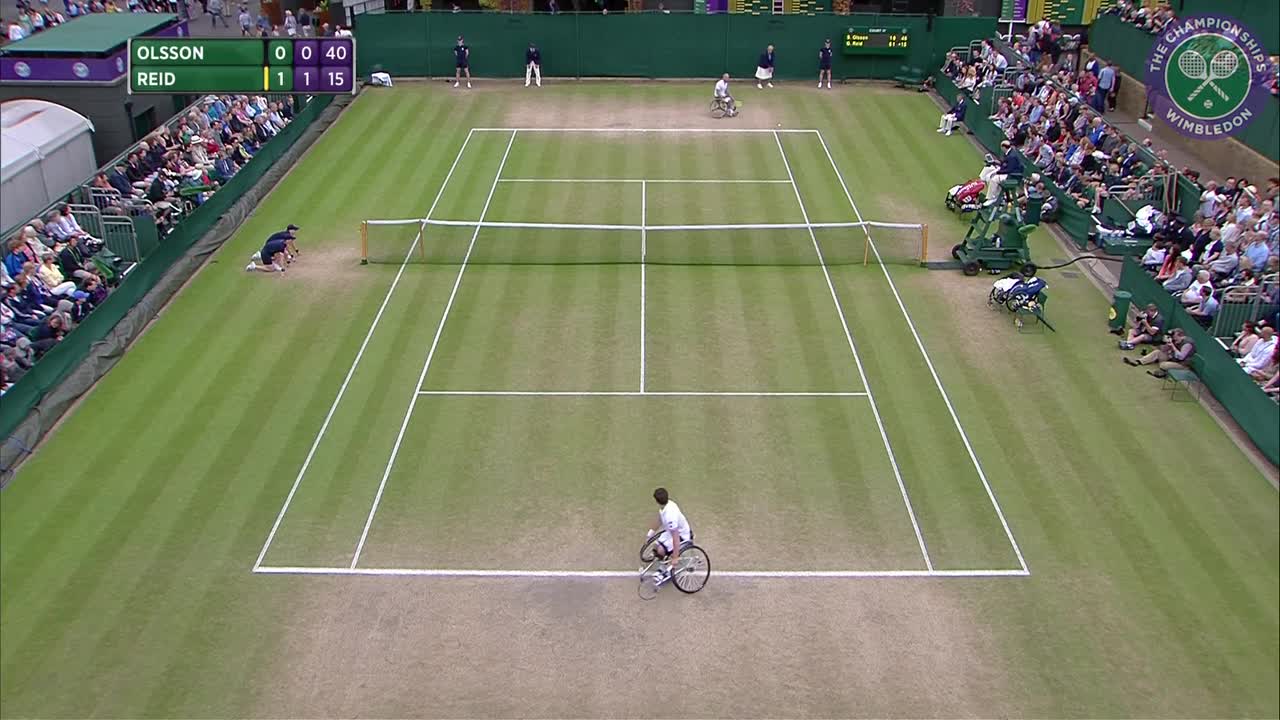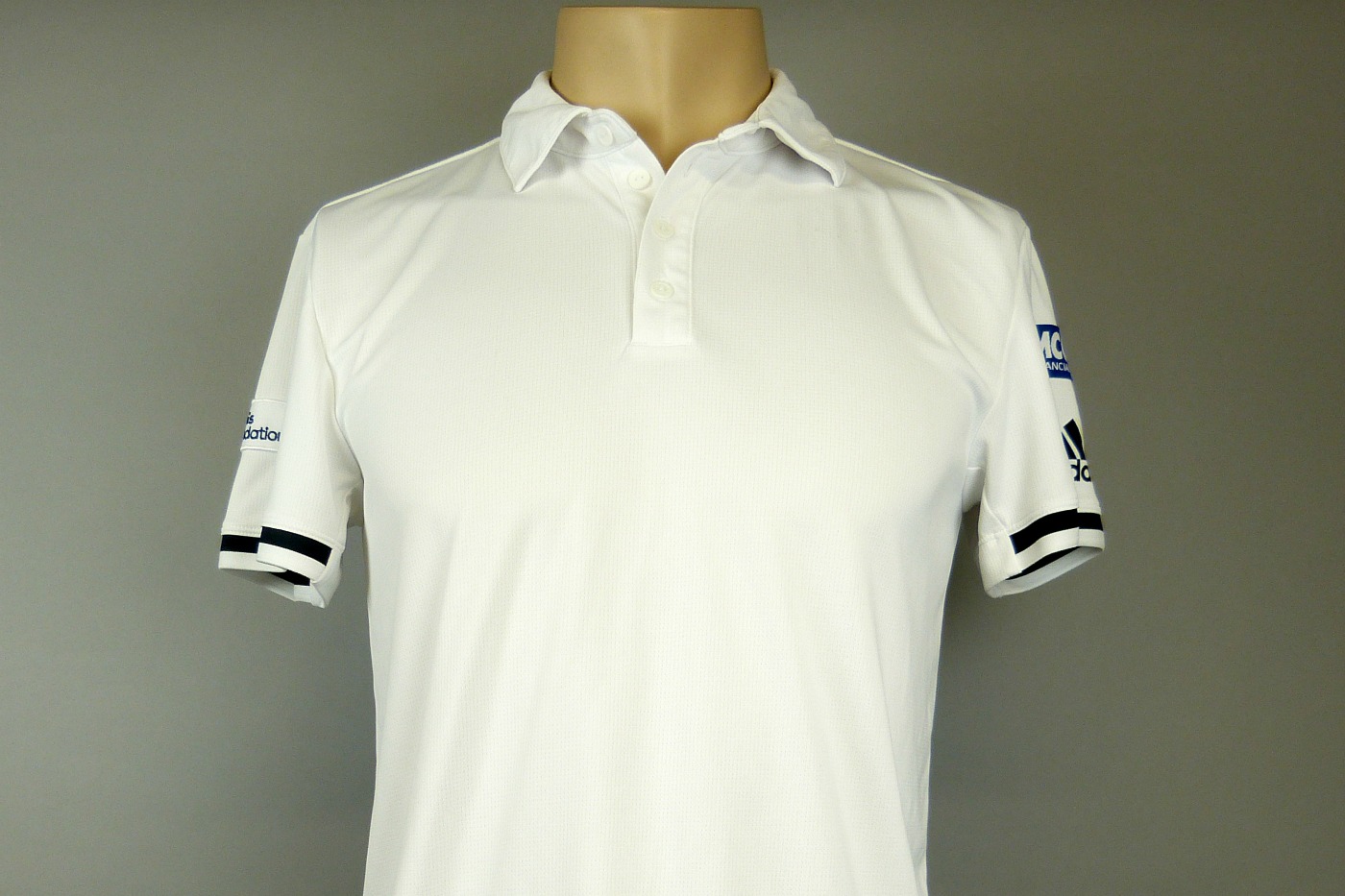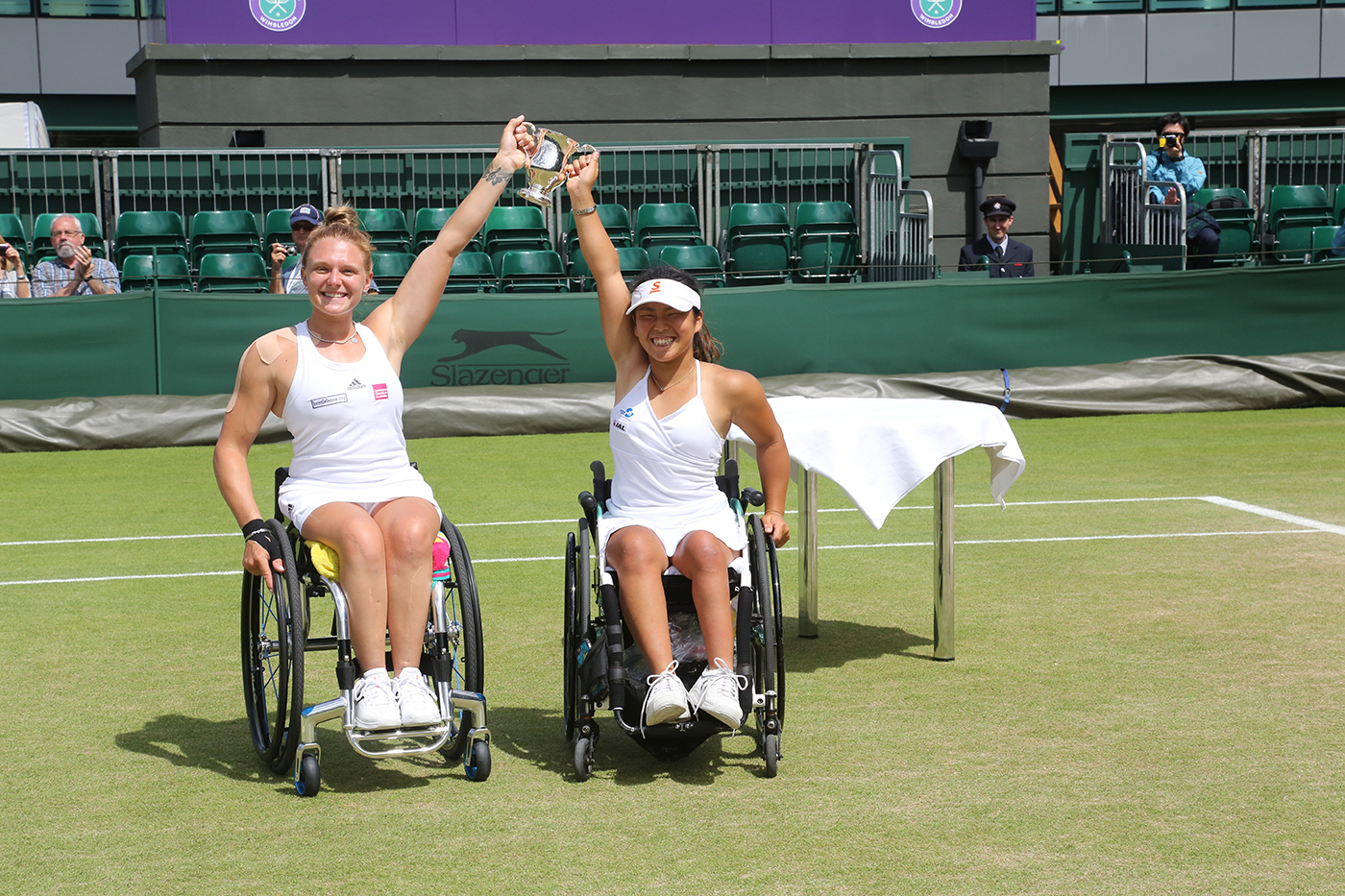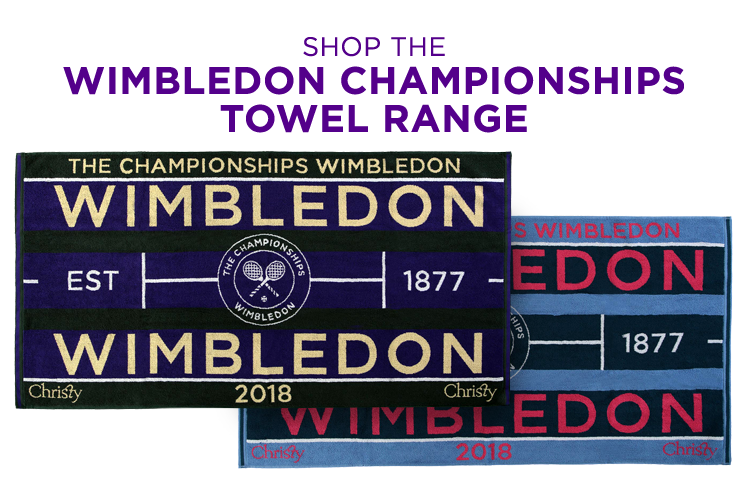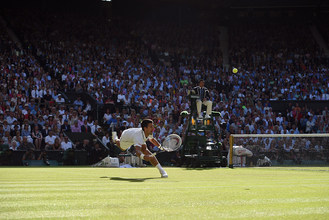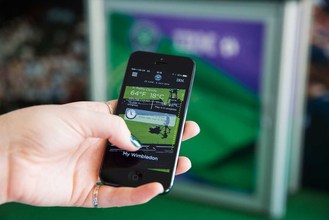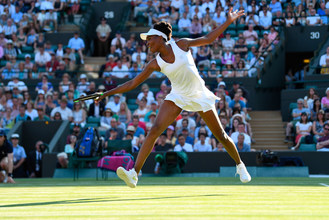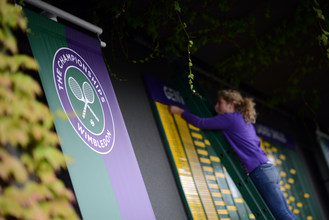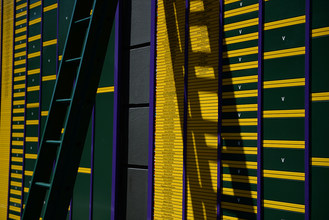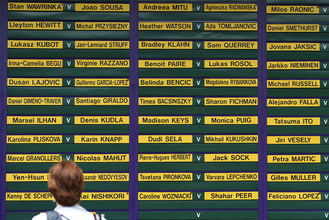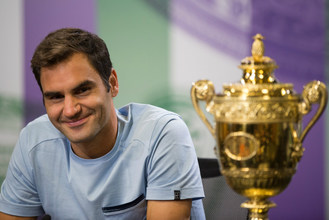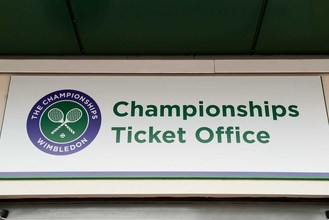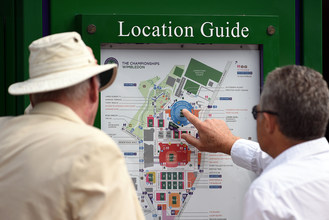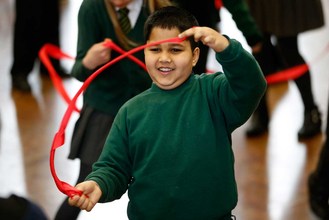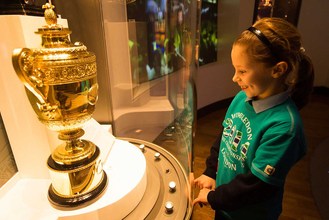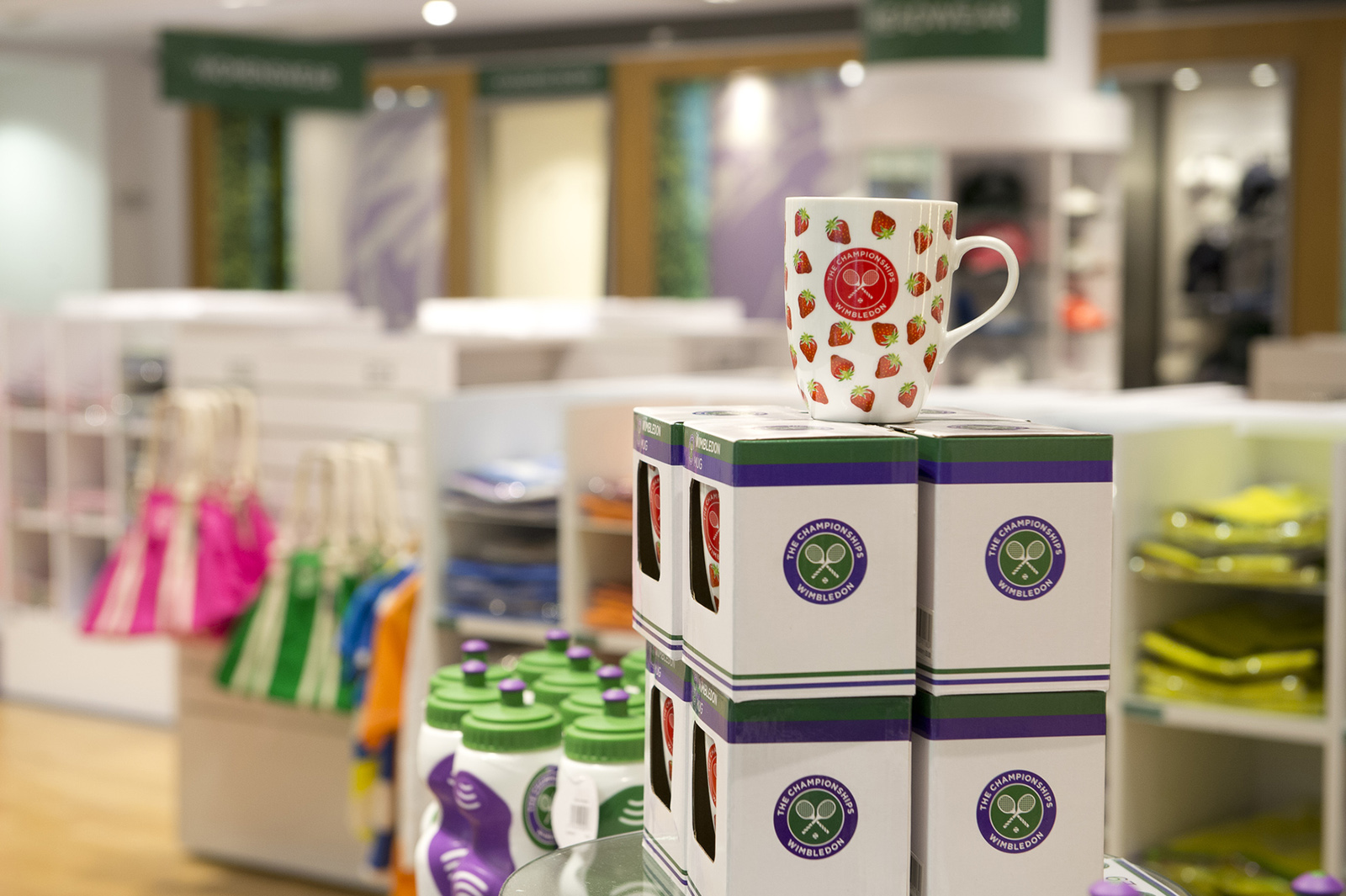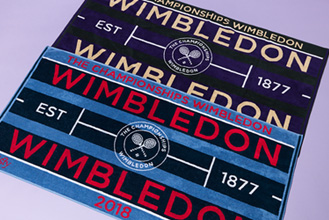The aim of National Sporting Heritage Day is for cultural organisations to raise awareness of the rich sporting heritage that exists in the UK. And what better topic to focus on this year than wheelchair tennis, a sport that is celebrating its 40th anniversary and that has been in the limelight throughout much of 2016.
With Wimbledon’s first ever Wheelchair Singles events, along with the Wheelchair Tennis events at the Rio Paralympics, the already popular wheelchair sport has received even more attention this year. To add to this, we’ve seen British players do incredible things on the court in 2016, with Brits winning various Grand Slams, as well as a gold medal, three silver medals and two bronze medals in the Paralympics. But how did the sport begin? And how do the rules differ from its non-wheelchair equivalent?
‘A logical development in the history of tennis’
Wheelchair tennis was born in 1976, when American sportsman Brad Parks began experimenting with tennis as a recreational therapy after a freestyle skiing accident left him as a paraplegic. By May 1977 the first ever wheelchair tournament was held, hosted by the Los Angeles City Parks and Recreation Department, with 20 players competing. The sport came on leaps and bounds after this, with the first international tournament being held in Paris in 1983 and the European Wheelchair Tennis Federation establishing a network of tournaments in the region in 1984.
The International Wheelchair Tennis Federation was integrated into the International Tennis Foundation (ITF) in 1988, a merger indicative of Philippe Chatrier’s, President of the ITF at the time, belief that the growth of wheelchair tennis was ‘a logical development in the history of tennis’. It was the first disability sport to achieve such a union at an international level and its popularity at the time is highlighted by the fact that the sport was being played in 100 countries at the time of the merger.
1992 saw two important developments. First off, the ITF’s NEC Wheelchair Tennis Tour was established, comprised of 11 international tournaments, including a mix of singles and doubles events at various locations worldwide. Secondly, Wheelchair Tennis became an official Summer Paralympic sport, involving four events: The Men’s Singles, Men’s Doubles, Women’s Singles and Women’s Doubles.
In the following years the success and popularity of the sport has rocketed. The NEC Wheelchair Tennis Tour is now known as the UNIQLO Wheelchair Tennis Tour and has expanded to include 150 tournaments taking place in over 40 countries across the world. The tour is divided into multiple grades from the lowest level of Futures, of which there are the greatest number of tournaments each year, up to the UNIQLO Wheelchair Doubles Masters, NEC Wheelchair Tennis Masters (a singles tournament) and the events at all four Grand Slams.
Rules and equipment
2016 was an exciting year here at Wimbledon in terms of wheelchair tennis. First of all, it was the first year that we hosted Wheelchair Singles events. Ladies’ and Gentlemen’s Wheelchair Doubles have been played on the courts of The All England Lawn Tennis Club since 2001, but this year the Gentlemen’s and Ladies’ Singles events were rolled out.
British players performed extremely well in the wheelchair tennis category as a whole. 24-year-old Gordon Reid dominated the Gentlemen’s events, securing the Singles title in two sets and teaming up with 18-year-old fellow Brit Alfie Hewett to win the Doubles match against Frenchmen Stephane Houdet and Nicolas Peifer. Jordanne Whiley also had a successful Championships, making it to the semi-finals in the Ladies’ Singles and winning the Ladies’ Doubles with playing partner Yui Kamiji.
Here at the museum we try our best to capture the excitement of The Championships in our displays and collections, making it crucial to have an active Collecting Policy. We pinpointed that wheelchair tennis was a key story in The Championships 2016, and with the sport growing in popularity worldwide, a key story in the sport of tennis as a whole. So it was, and remains, a key priority for us to collect wheelchair tennis related objects for our collection.
This year we acquired the outfit Gordon Reid wore in the Gentlemen's Singles final, part of which is on display in the museum, as well as the coin tossed on Court 17 for the first ever Ladies' Wheelchair Singles Final, featuring Jiske Griffioen and Aniek Van Koot. These objects have added to our pre-existing wheelchair tennis collection which includes Wimbledon outfits worn by Robin Ammerlaan, Maikel Scheffers, Jordanne Whiley and wheelchair tennis icon Maikel Scheffers, a podium from the London 2012 Paralympics and various posters for different wheelchair tennis tournaments. We are hoping to continue to expand the collection in the future, so watch this space!
Interested in the Wimbledon Lawn Tennis Museum’s contemporary collecting? Read more about it on our website.
Get involved
Now you’re up to speed with the sport, how can you get involved? Well, you can show some support for our home-grown talent at the NEC Wheelchair Tennis Masters, which is taking place at the Olympic Park from the 30th November to the 4th December this year. You can find information about tickets here.
Interested in playing? The Tennis Foundation, the country’s leading tennis charity, offers a range of information on and training programmes for wheelchair tennis. If you do not have a physical disability but want to try out the sport, or play with a friend who is in a wheelchair, you can search the Foundation’s online database for an inclusive club with wheelchair tennis facilities.
If you do have a physical disability, then a range of training programmes are open to you; why not go along to one of the Foundation’s ‘Have-a-go Camps’, geared specifically towards beginners, or sign up for the National Wheelchair Tennis Series which consists of 11 local tournaments across the UK. Want to turn pro? Look into the new Push2Podium Talent ID programme, which aims to nurture talent, creating the wheelchair tennis stars of the future.
All of this information, and more, can be found on the Tennis Foundation’s website.
What’s your favourite wheelchair tennis moment of the year? Let us know by tweeting @Wimbledon. Don’t forget to include the National Sporting Heritage Day hashtag #NSHD2016 in your tweet!



